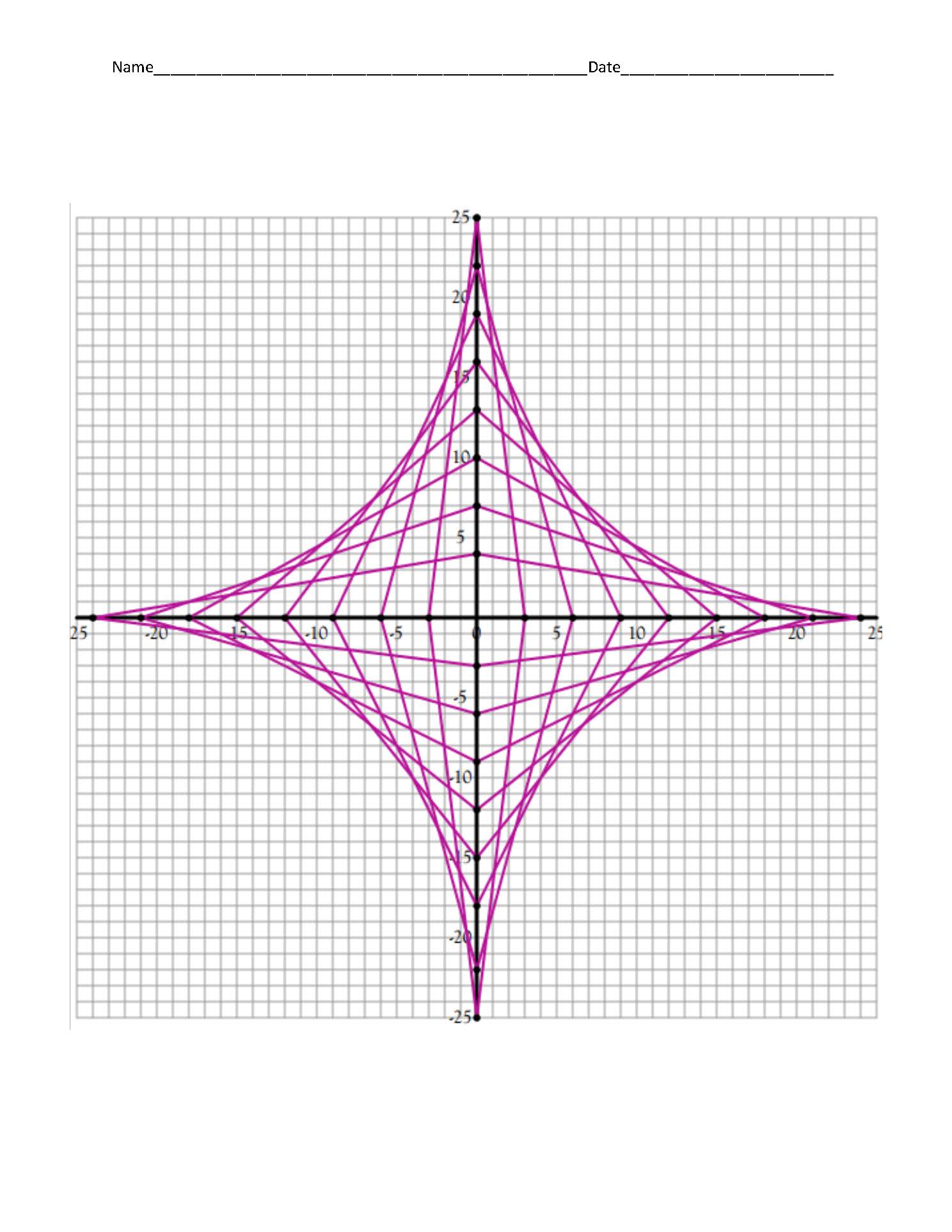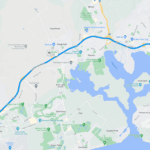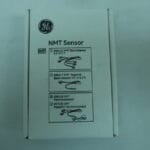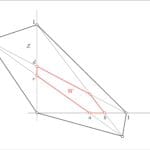Transform coordinate graphing from a chore to a captivating quest with mystery picture activities! These engaging puzzles turn plotting points into a game of “connect the dots,” revealing hidden images and making learning coordinates an adventure. Whether you’re a parent seeking an entertaining way to boost math skills or an educator searching for a captivating classroom activity, this guide unlocks everything you need to know about coordinate graphing mystery pictures. From basic plotting techniques to a treasure trove of resources and even tips for designing your own, prepare to embark on a mathematical mystery tour!
Cracking the Code: How Mystery Pictures Work
Have you ever wished coordinate graphing could be more like uncovering hidden treasure? That’s the magic of mystery pictures! They transform plotting points into a captivating game where a hidden image awaits. Think of it as a treasure map, where each ordered pair (x, y) marks a step towards the prize. Ready to dive in?
Plotting Your Path: From Coordinates to Creations
The concept is elegantly simple. Children receive a worksheet featuring a list of ordered pairs—those essential x and y coordinates that mark locations on a graph. With each ordered pair, they carefully mark the corresponding point on the coordinate plane. As they plot each point, a pattern begins to emerge. Following a specific order, they connect the dots, and voilà—a picture appears! It’s like watching a secret code unveil itself, one point at a time.
A World of Mysteries: Exploring Different Types
Coordinate graphing mystery pictures come in various formats to suit different skill levels. For beginners, puzzles using the first quadrant (positive x and y values) offer a gentle introduction. As skills grow, they can tackle four-quadrant puzzles with positive and negative numbers, expanding their understanding of the Cartesian plane. For a true challenge, some puzzles even incorporate decimals, demanding precision and deeper understanding. It’s like leveling up in a math-based video game!
| Quadrant | Difficulty | Description |
|---|---|---|
| First | Beginner | Positive coordinates only, perfect for grasping the basics. |
| Four | Intermediate | Positive and negative coordinates, expanding the graphing territory. |
| With Decimals | Advanced | Decimal coordinates for pinpoint accuracy and an extra challenge. |
Why Mystery Matters: Unlocking the Benefits
These mystery pictures aren’t just fun; they make learning memorable. The element of surprise keeps kids engaged, transforming plotting points into an adventure. This reinforces their understanding of coordinate planes and ordered pairs more effectively than traditional worksheets. It’s practice disguised as play! The fusion of math and art sparks creativity, allowing students to personalize their learning. Moreover, these activities can be easily adapted for different skill levels, making them a fantastic tool for differentiated instruction.
Treasure Trove: Resources for Mystery Pictures
Ready to embark on your coordinate graphing adventure? A wealth of resources awaits! Many websites offer free printable worksheets, providing a quick and easy starting point. Paid resources often provide a wider range of puzzles with varying complexity. Videos demonstrating the puzzles are a great way to visualize the process. Check out resources like Math with Crayons, Rock Your Homeschool, and Super Teacher Worksheets to get started.
Become the Architect: Creating Your Own
Feeling creative? Design your own mystery pictures! It’s surprisingly simple and allows you to tailor the activity to specific interests. Sketch your desired image on graph paper, noting the coordinates of each point in the connecting order. You’re creating a secret code for students to crack! The possibilities are endless, from current events and hobbies to seasonal themes, making learning personalized and engaging.
Beyond the Page: Dynamic Graphing with Digital Tools
Interactive whiteboards and online graphing tools bring mystery pictures to life. Students plot points and watch the mystery unfold in real-time, each click revealing a piece of the puzzle. Explore digital resources and consider how technology can enhance engagement and understanding.
Real-World Connections: Beyond the Classroom
Coordinate graphing isn’t just an abstract concept; it has real-world applications students encounter daily. From reading maps and using GPS to designing video games and analyzing data, coordinate graphing is essential. Highlighting these connections makes learning relevant and shows students why these skills matter.
Game On! Adding a Competitive Edge
Elevate the excitement by turning mystery pictures into a friendly competition! Set time limits, create teams, or offer rewards. A little healthy competition can be a powerful motivator. Students can even create their own puzzles and challenge each other, fostering collaboration and creativity.
The Mystery Revealed: Embracing Engaging Math
Coordinate graphing mystery pictures are more than just a fun activity; they’re a powerful tool for transforming math learning. By blending creativity, problem-solving, and a touch of mystery, they unlock learning possibilities and empower students to become confident mathematicians. So, embrace the mystery, and watch their understanding of coordinate graphing blossom!
Plotting Points: A Step-by-Step Guide
Okay, detectives, let’s get down to the nitty-gritty of plotting those points and revealing those hidden pictures!
Ordered Pairs: Your Point’s Address
Remember, ordered pairs (x, y) are like secret codes telling you where to go on the grid. The ‘x’ value tells you how far to move horizontally (left or right), and the ‘y’ value guides you vertically (up or down). The intersection of these imaginary lines is where you plot your point. If your ordered pair is (2, 3), locate 2 on the horizontal x-axis and 3 on the vertical y-axis. Draw imaginary lines from these numbers—the point where they cross is where you plot (2, 3)!
Connecting the Dots: Unveiling the Image
After plotting several points, connect them following the numbered sequence on your worksheet. The hidden image magically appears! It might be a simple shape, a detailed animal, or a complex design. It’s like math transforming into art!
Choosing Your Challenge: Types of Mystery Pictures
First-quadrant mystery pictures (positive numbers only) are ideal for beginners. Once comfortable, level up to four-quadrant graphs with positive and negative numbers. For a real challenge, try puzzles with decimals.
Graphing xy Coordinates: A Deeper Dive
Let’s explore the world of graphing xy coordinates in more detail.
The Coordinate Plane: Your Graphing World
Imagine a flat surface extending infinitely. Draw a horizontal line (x-axis) and a vertical line (y-axis) intersecting in the center. This intersection is the origin (0,0), our home base.
Plotting Points: A Journey of Coordinates
To plot (2,3):
- Start at the origin (0,0).
- Move 2 units right along the x-axis.
- Move 3 units up along the y-axis.
- Mark the spot – that’s (2,3)!
The Four Quadrants: Mapping Your Territory
The coordinate plane is divided into four quadrants:
| Quadrant | x-coordinate | y-coordinate |
|---|---|---|
| I | Positive | Positive |
| II | Negative | Positive |
| III | Negative | Negative |
| IV | Positive | Negative |
Each quadrant has its own unique combination of positive and negative x and y values.
Beyond the Basics: Puzzles and Beyond
Plotting points is just the start! Coordinate graphing mystery pictures are like connect-the-dots puzzles on a grid. Researchers use these principles in fields like computer graphics and geographic information systems (GIS). The field of coordinate geometry continues to evolve, suggesting even more exciting applications may emerge in the future.
Writing Coordinates from a Graph: Reverse the Code
How do we find the “address” of a point already on a graph?
- Locate the point on the graph.
- Trace down to the x-axis to find the x-coordinate.
- Trace across to the y-axis to find the y-coordinate.
- Write the coordinates as an ordered pair (x, y).
Remember, a point 3 units right and 2 units up from the origin has coordinates (3, 2). A point 4 units left and 1 unit down has coordinates (-4, -1). This simple system allows us to pinpoint any location on the graph.
For a fun twist, explore coordinate graphing mystery pictures! These puzzles provide lists of coordinates; plotting and connecting them reveals a hidden image. They range from simple shapes to complex designs, making them suitable for all skill levels.
Don’t forget the real-world applications! GPS uses coordinates for navigation, maps use latitude and longitude, and scientists use coordinates in data visualization. These skills are valuable far beyond the classroom.
Explore the fascinating world of the convex pentagon. You might find it surprisingly connected to the world of coordinate graphing!
- Unlocking Francis Alexander Shields’ Finance Empire: A Comprehensive Biography - July 12, 2025
- Unveiling Francis Alexander Shields: A Business Legacy - July 12, 2025
- Francis Alexander Shields’ Business Career: A Comprehensive Overview - July 12, 2025















